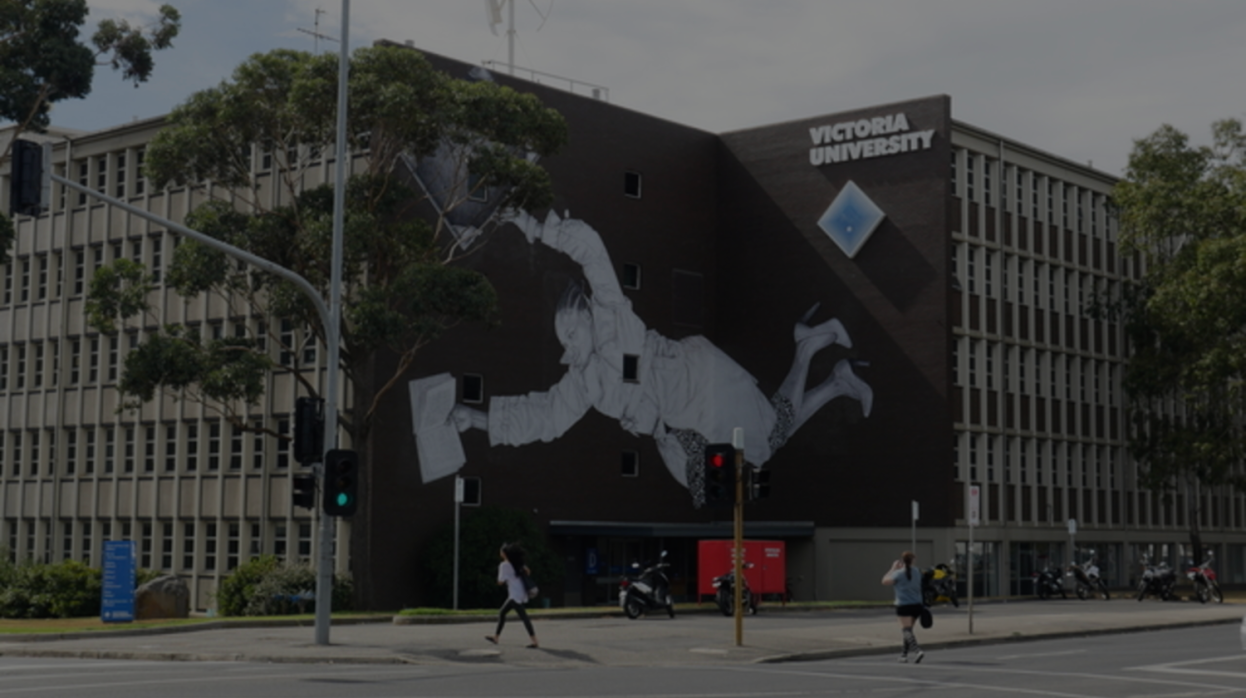The start of the pandemic sent shockwaves through Australia’s fourth-largest export sector: higher education.
Overnight, students suddenly grappled with delayed graduation and disrupted education. Among those most impacted was the group of nearly 90,000 international students. Many students from China, for example, were unable to return to Australian universities after traveling home for Lunar New Year. Universities also risked losing $3.1-4.8 billion in 2020 fees alone.
To tackle these challenges, Victoria University (VU) embraced an open digital-centric approach. And the success of its transition can be attributed to their forward-looking technology strategy. With operations across more than 10 physical locations, VU delivered a modern digital experience for over 40,000 students and staff:
- Anytime, anywhere online engagement.
- Replicating offline to online experiences.
- Creating better work flexibility for staff.
Revolutionizing the Learning Model
Even before the pandemic struck, VU already used data analytics and a learning approach called the “VU Block Model.” Described as a revolution in Australian education, VU Block Model keeps the traditional duration of a semester (16 weeks). But it allows students to focus on one subject at a time for four weeks, which proved to boost student performance.
VU’s foresight in re-imagining the university curriculum by introducing VU Block Model three years ago enabled many students to perform at the same level—and in some cases better—during the pandemic. While the pandemic provided anxiety induced distractions for many, students were able to minimize study related distractions by focusing their attention on one subject at a time while adapting to their new virtual environment.
The Early Bird Has the Roadmap
And so when it comes to VU’s overall technology strategy, VU has also embraced a progressive approach—a five-year plan which explores current and emerging technologies to create a different, personalized student experience. When the pandemic hit, VU was in its third year of the plan, which helped accelerate the transition to remote learning.
“We've been investing significantly over the years, especially around video conferencing, online learning and collaboration tools,” said Zoran Sugarevski, Executive Director of Information Technology Services, Victoria University. “VMware has been an instrumental partner over many years in reducing our data center footprint, as well as expanding our capacity and capabilities to use technology to better respond to situations like COVID, which has been critical.”
Flexible Learning Anytime and Anywhere Online
One example is the emphasis on engagement platforms. Prior to the pandemic, VU built a multi award-winning mobile app for students and an online engagement platform to connect students. Students are also provided a personalized set of information, whether it be due dates or upcoming assessments.
“Sometimes it's difficult for students to gain access to online tools and materials. So being able to put them in a virtualized environment enabled students to migrate from on-campus to online and access all their learning materials remotely,” said Sugarevski.
With technology, the university also replicated connection and interaction—a treasured element of university life made even more precious for students isolated in lockdown.
“It's one of the things I think every student values, which is establishing friendships on campus,” emphasized Sugarevski. “And our mobile app has been instrumental to be able to connect students who have similar interests while they're learning from home.”
Other measures included ensuring that students with poor infrastructure can access tools like video conferencing.
“VMware solutions do not use a lot of resources to deliver service into the student's home,” said Sugarevski. “This allows VU to ensure that there is sufficient capacity within certain areas and that we can moderate traffic and prioritize traffic back into the university.”
Ultimately, the goal was to produce an environment where students and teachers could create productive sessions even during lockdowns. And VU delivered.
A Workforce with Superpowers
Today, 95% of VU’s faculty and staff use collaboration tools and video conferencing extensively. And this revealed unexpected benefits.
Besides having the flexibility to work anywhere, Sugarevski said, “We've also seen the working hours of employees significantly improve. In the case of Melbourne, being in lockdown and needing to homeschool children had a significant impact on many in our workforce. No longer are our working hours a straightforward 8-to-5. Technology gives us the flexibility to work different hours. I think, moving forward, we will see a lot more employees working from home and adopting new solutions.”
Future of Education
VU is just one example of how barriers to technology adoption, due to reticence or culture, disappeared with the arrival and continuation of the pandemic.
While some on-campus teaching might resume in Australia, most classes will be delivered in digital mode. From more immersive experience to personalized, data-driven education, higher education will continue to turn towards the new hybrid model of working and learning.
“I think this is the opportunity for a lot of organizations, and in particular Victoria University, to leverage the likes of VMware and other suppliers. So now is the right time to further invest into those solutions, and I think the adoption rate is going to be far greater,” said Sugarevski.


